Monotypes are a type of printmaking but, unlike any other art form, combines the spontaneity of printmaking, painting, and drawing. Monotypes allow considerable freedom with ink and are also known as the most painterly method among printmaking techniques.
Monotypes and monoprints are sometimes used interchangeably because both involve the transfer of water-based or oil-based ink onto paper using a transfer process.
However, when a monotype is created, the artist applies ink directly onto a plate then removs or adds the ink to create a drawing. The plate is pressed against paper to transfer marks put directly into the ink.
The finished work will be a mirror image of the plate. The printing can be done with a printing press or sometimes by hand. The plate may be metal, glass, plexiglass, or even gelatin.
One-of-a-Kind
A monotype produces only one image as the phrase "mono" suggests. Most of the ink is removed during the initial pressing so any duplicates are considered inferior to the original. Once the ink is gone the drawing is gone and may not be replicated.
Monotypes are a pulled impression from a blank, smooth, non-absorbent inked plate with no permanent incisions or markings. They are unlike most traditional printmaking, where multiple prints may be made by re-inking a plate that has been engraved, etched, or has permanent incisions.
The Ghost
After a monotype has been printed, there may be some amount of ink or paint left on the plate. Many artists cannot resist the temptation of pressing another blank paper to the plate to create a second pull, a cognate, or a ghost image. These secondary impressions are usually less defined, but in some cases, they are even more appealing than the first.
You can debate whether such images can still be considered monotypes, given that they are, in one sense, multiples taken from the same plate. Still, these impressions are usually different enough from the originals to constitute almost entirely new works (Camhy, 2017).
The Process
The technique involves the painting, rolling, or scraping of ink onto a uniform surface, which is transferred to paper by the application of pressure. Because the monotype matrix is unaltered and each unique inking is transferred in a single printing, the print cannot be duplicated, hence its name.
A monotype will exist in its own 'unique state' on the surface of a plate. It is a truly unique image once the print is made and the ink is gone, the original drawing in ink is gone.
Why would an artist spend time on a drawing or painting only to immediately destroy it by transferring it to another surface?
Because prints have an aesthetic quality all their own and because there is something quite special that results from the process of printmaking itself. There is a balance between control and accident that inspires new techniques, new visual ideas, and the courage to pursue them. Printmaking is freeing (Camhy, 2017).
Methods
A monotype starts with a clean surface (glass, acrylic plate, gelatin plate, or perspex), then ink or paint is added. The surface is worked to create an image. The directness of painting onto the plate requires skills in drawing or painting, a sure hand, and a considerable degree of spontaneity. Paper is pressed onto the ink to create a unique one-of-a-kind print. You do not need a printing press. There are two main methods of making monotypes:
- The additive method or light-field method is created in which the image is painted by adding or building up pigment onto the plate.
- The subtractive method or dark-field method is created when the entire plate is first covered with a thin layer of pigment. The artist then works out the image by removing some of the pigment. Could be with brushes, rags, sticks, or other tools.
A Brief History
Monotypes are first known to have been used in the 17th century by Giovanni Benedetto Castiglione (1609–1664), a great innovator in printmaking. He used a subtractive or “dark field” process, beginning with a dark tone and making marks to produce lights—a favored approach for many monotypes (Camhy, 2017).
 |
| David With the Head of Goliath by Giovanni Benedetto Castiglione, ca. 1655, monotype in brown oil pigment on laid paper, 1311⁄16 x 93 ⁄4. Collection National Gallery of Art, Washington, DC. |
References
- Camhy, Sherry. (2017, winter). Painterly Prints: Monotype and Monoprint. Drawing Magazine. p. 20.
Back to Top ↑
